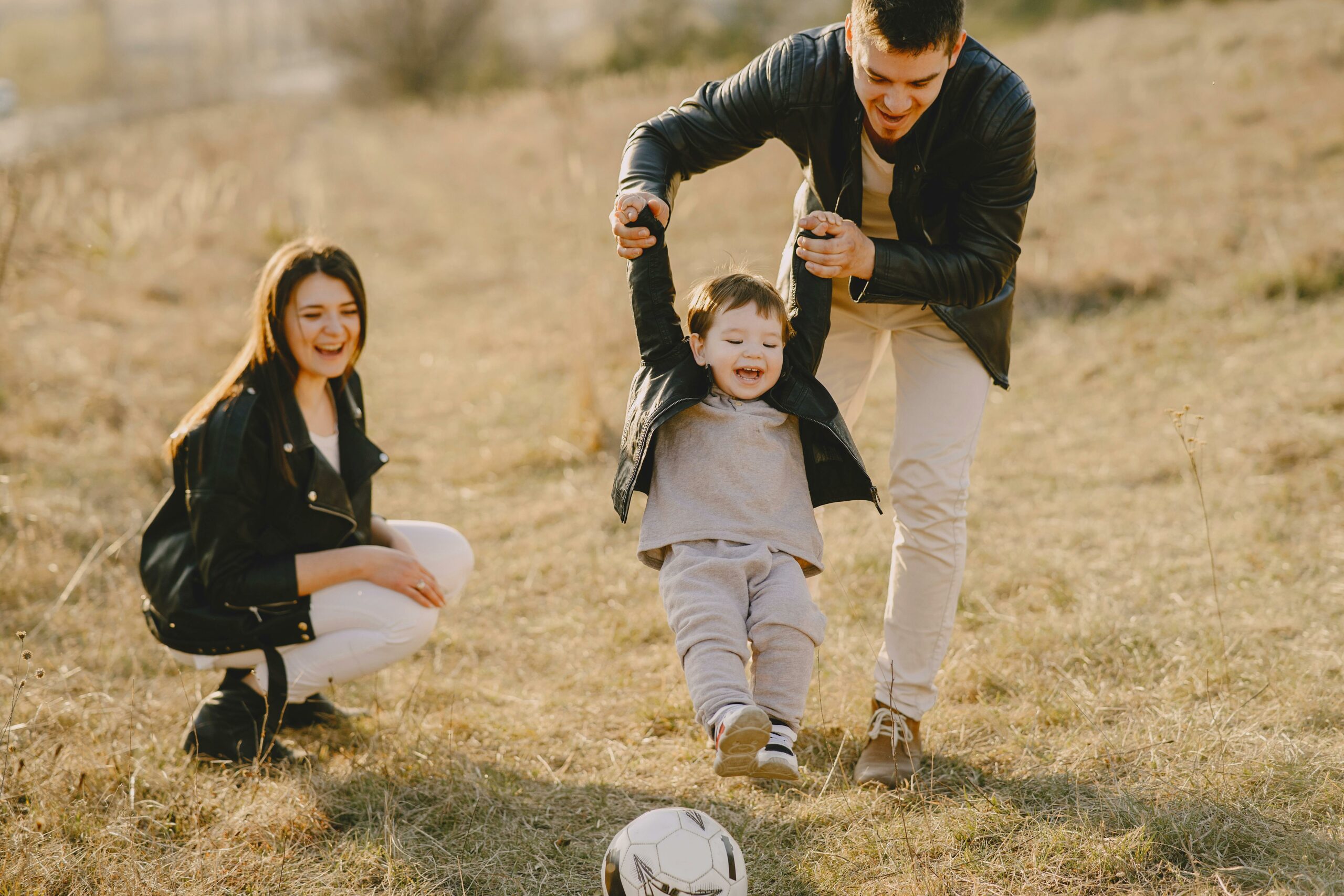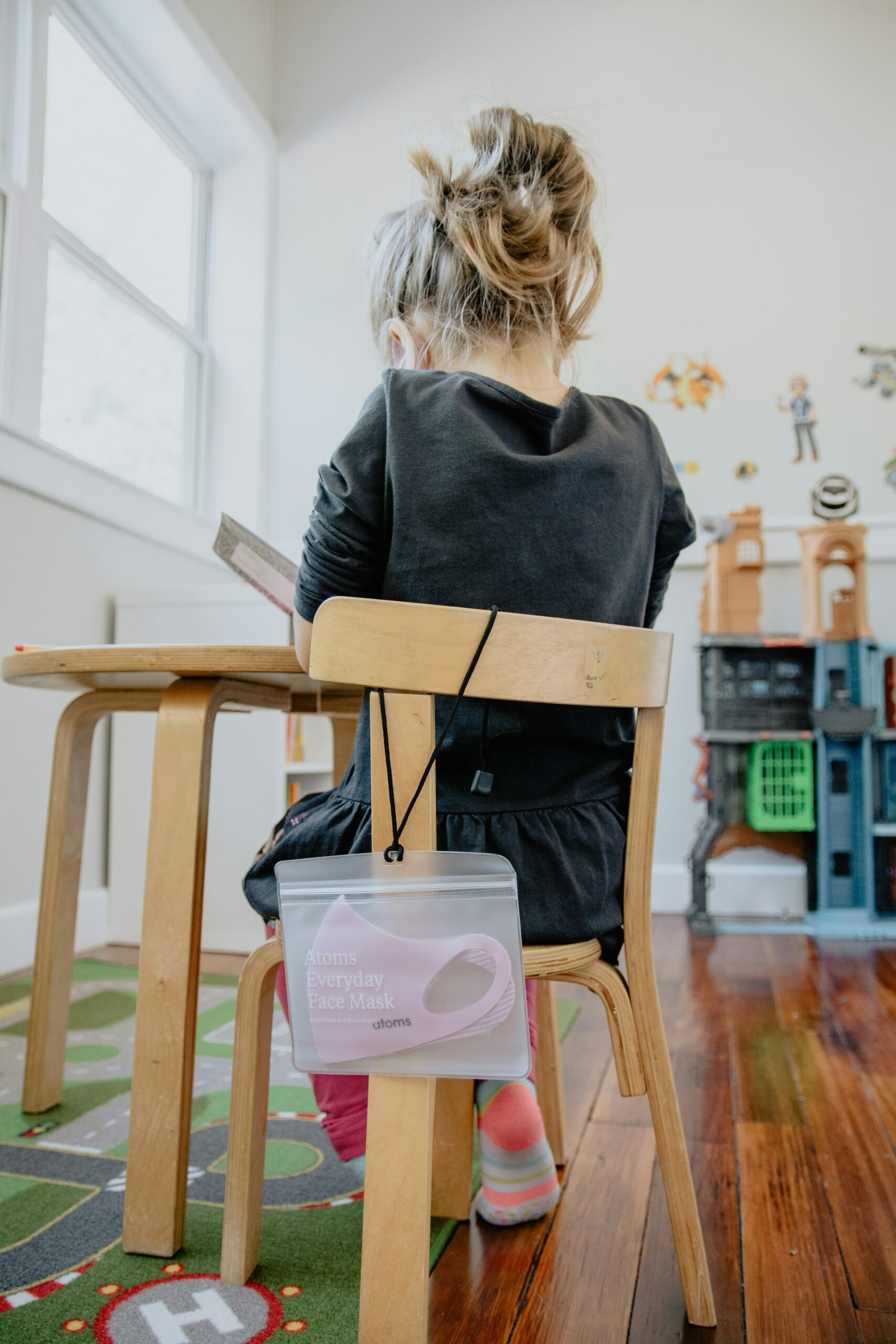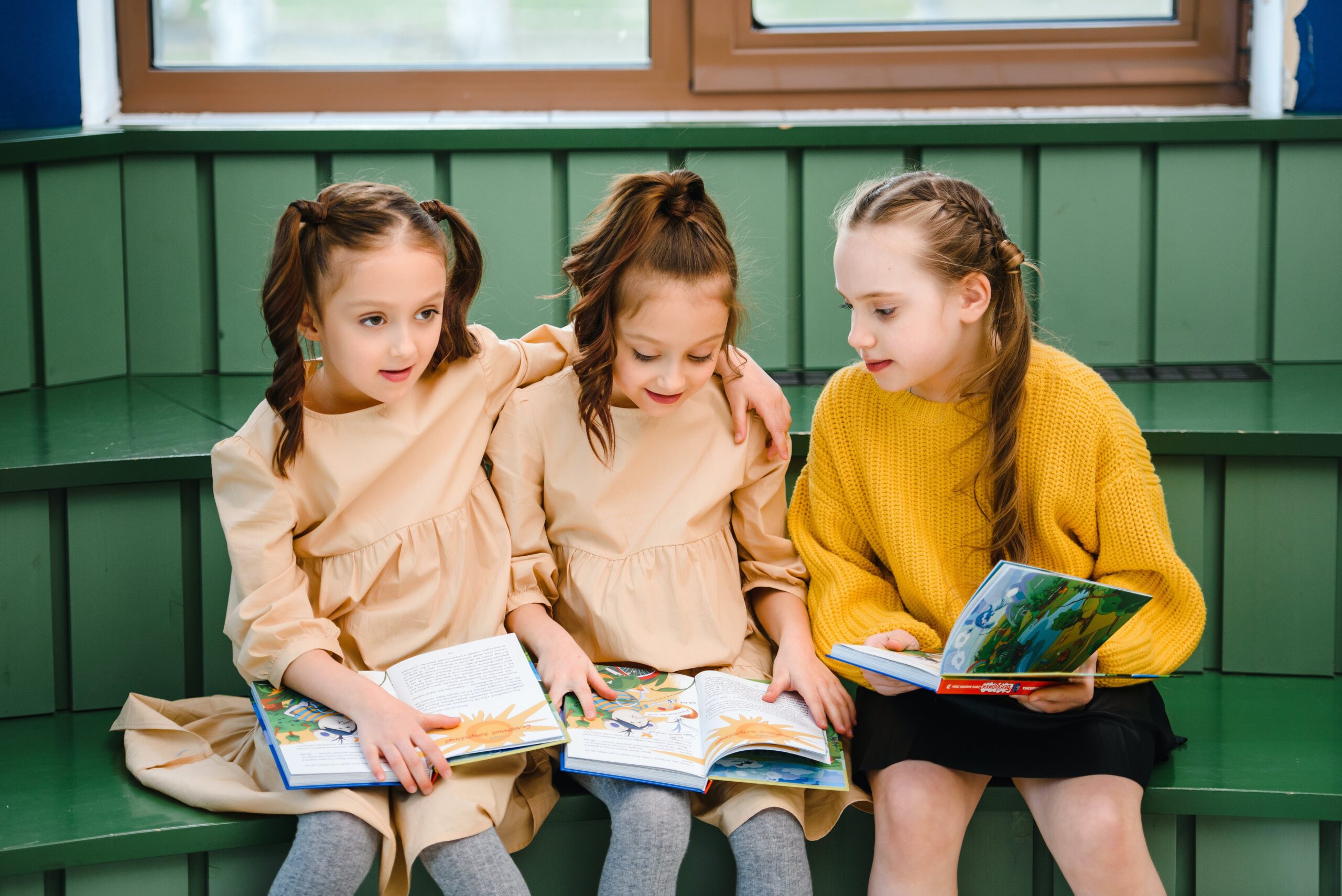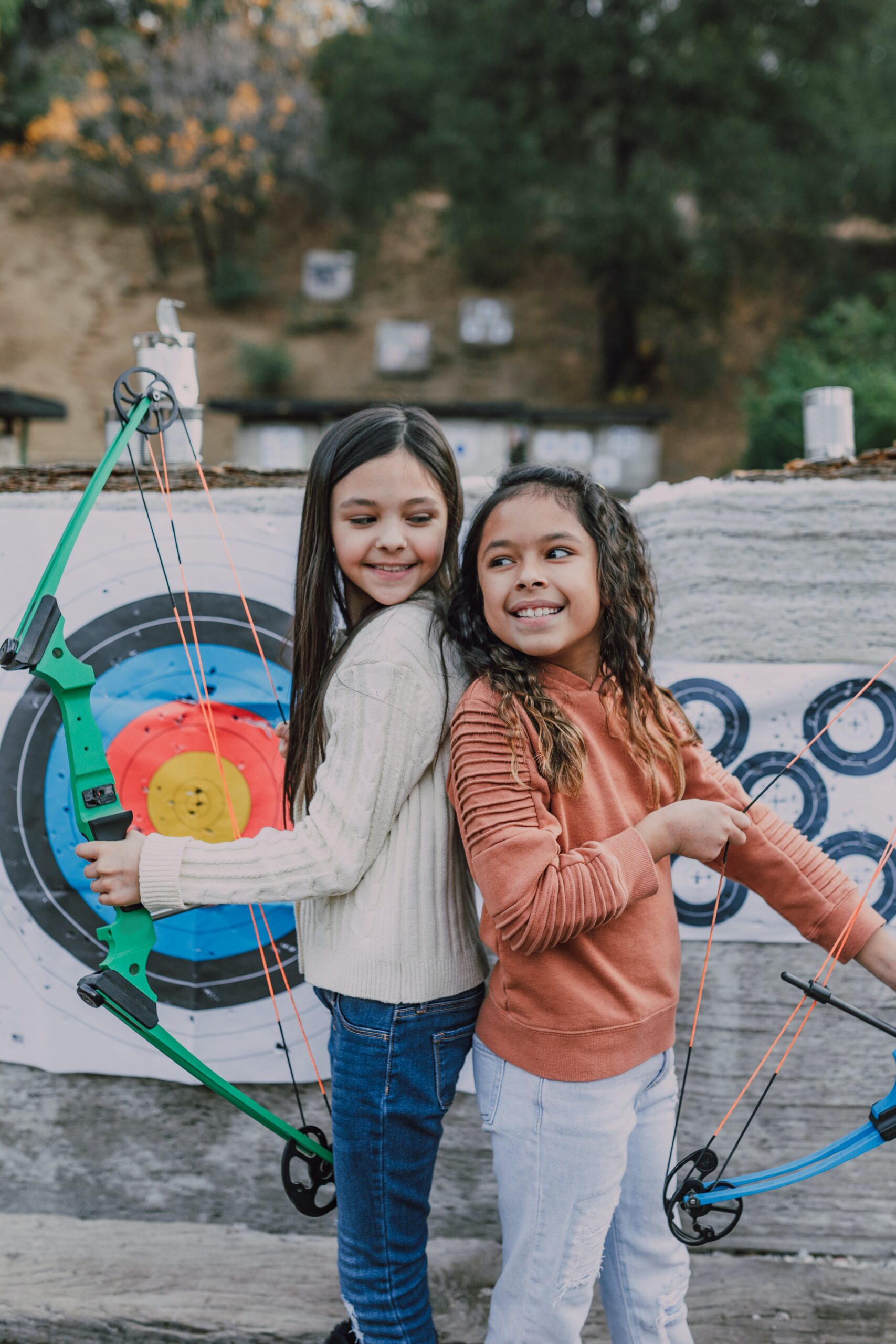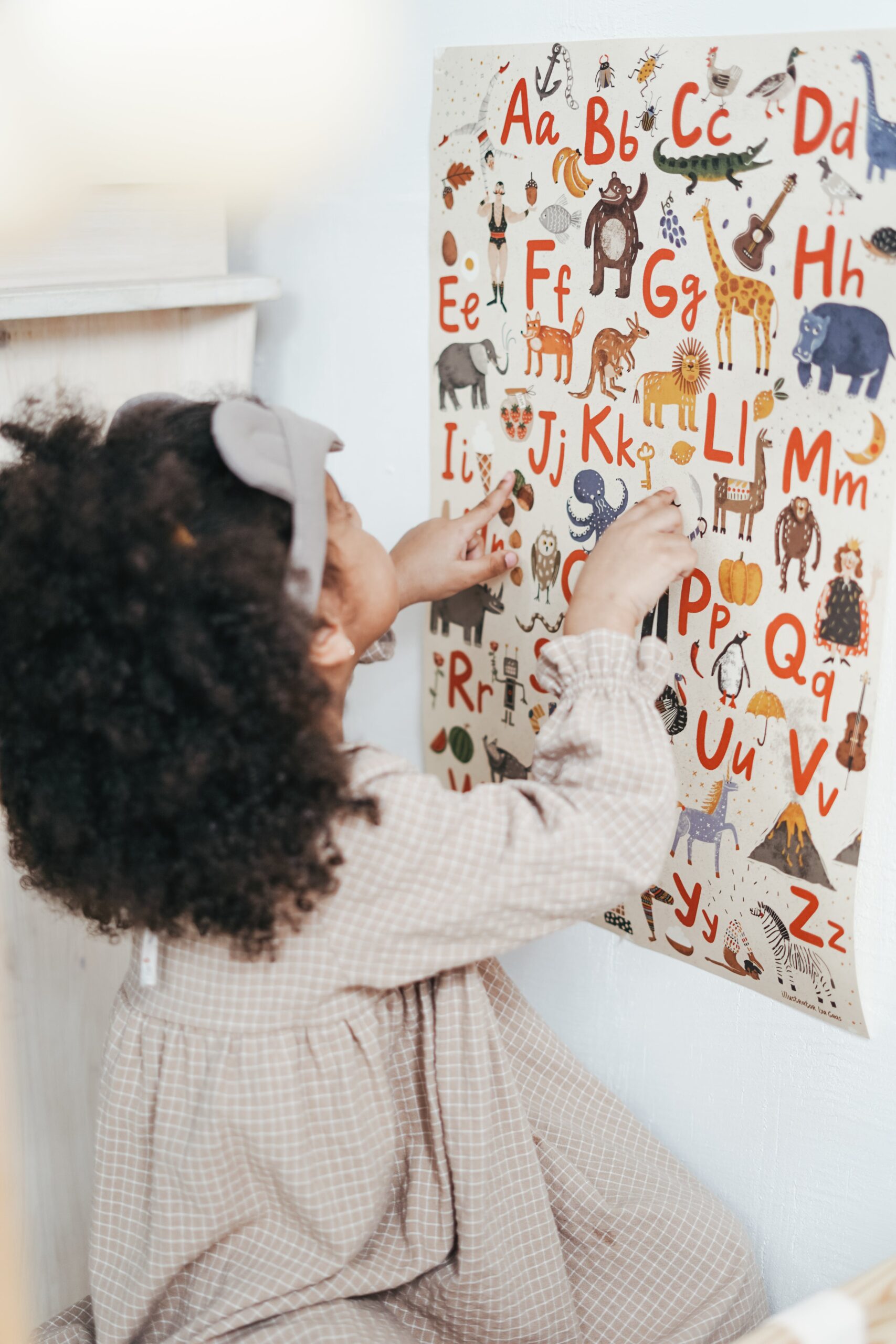We live in a wonderfully diverse and interesting world. Full of different cultures, languages, and races we are all connected as human beings.
As adults, we understand these differences, but our children may need our help to make sense of this big wide world around them.
This is our chance to educate them, show them what makes us different and how to celebrate it.
Young children are fuelled by curiosity, and they are continually learning. As young as 6 months a baby can begin to recognize the differences between race and gender.
By 2 1/2 years old they can begin to label these differences – boy, girl, or colors to describe a person’s skin. This proves that it is never too early to teach your children about diversity.
Racial and cultural prejudices can be adopted in very young children but we can begin to fix this for the generations to come with simple actions and open discussion.

Be a Good Role Model
Babies can understand words and actions way before they can talk and express themselves. Parents or guardians should begin by exposing them at this early age to different backgrounds, cultures, and environments.
Positive social interaction with different people, gender, and races is an important thing for children to see. You can explain the differences between people but most importantly celebrate the strengths of those that are different.
Focus on why our differences make the world a better place. Acknowledge those differences but put less emphasis on appearance and more on why everyone is special.
Early childhood is a period of rapid development, this is the perfect time to nurture these values and instill social acceptance and openness.
Language and Learning
A language is a powerful tool. Teach them common words and phrases in other languages. They can use them when they meet new friends from other countries and when they travel.
It will show them the importance of communication and getting over language barriers. With the advance in new technologies, the children of today have many more opportunities to learn and interact with other nations from the comfort of their own homes.
Online Lessons offer children from anywhere in the world the chance to learn English.
They can also take maths lessons, science lessons and have their own dedicated tutor at half the price of a face-to-face tutor, across a number of different subjects – but particularly in the English language.
Explore Other Cultures
For young children introduce toys, books, and dolls that embrace different cultures to your own.
You can point out the differences not only in race or gender but in more general terms for example “this one is wearing shoes, this one isn’t, this one has glasses this one doesn’t.”
This teaches them different is ok and nothing to be feared. Show them photos of the different types of clothes people wear in each culture and if possible, travel with them.
Have a look at the festivals and traditions of other cultures. Use art to get their imaginations going, so many of the world’s celebrations include vibrant colors and elaborate displays.
Get creative and paint pictures showing these celebrations, talk about the similarities/differences these have with festivals your family celebrates.
Music
Music is a great interactive way to delve into other cultures. Music is an old art form that has linked itself to cultural identity in a way that defines us.
Most often music is used in celebration and it’s a common trait all cultures share. Its universal appeal brings everyone together and connects us with our neighbors all over the world.
Play music that is new to your child, try out some traditional instruments, and see how they sound. Being exposed to multicultural music can aid with language development and present new and exciting values to our children.
Ask them what they think of when they hear it and how it makes them feel.
Food
Food is one of the strongest representations of cultural identity. Different climates, ancestral heritage, and traditional beliefs all impact the food we eat.
Popular dishes are passed down from generation to generation. This is one of the easiest ways to embrace other cultures with your children. Cook and eat the dishes of other heritages together, taste new and exciting flavors and ask your children what they like about them?
It can be a lot of fun to show your children the different ways in which food is eaten in other places. Chopsticks are used to eat within China. In the UK a knife and fork are always used but in India eating with your hands is commonplace and a way to truly embrace the food.
Have fun experimenting with these habits when you cook traditional food.
Raising your children to be citizens of the world is an important task. This is our chance to smash down the stereotypes. We can share cultural experiences in a way that allows our children to feel a part of the whole world.

